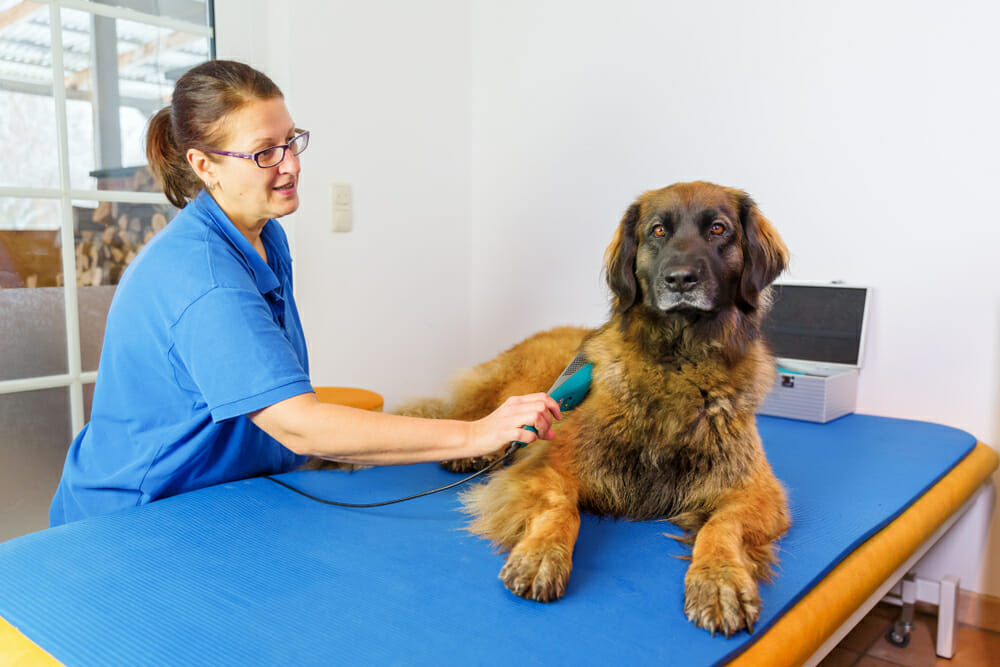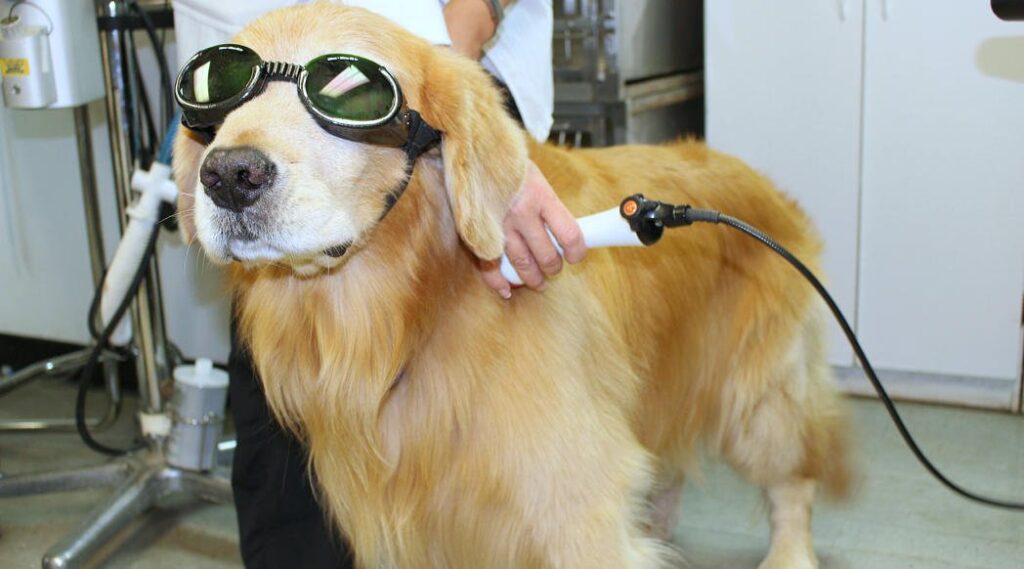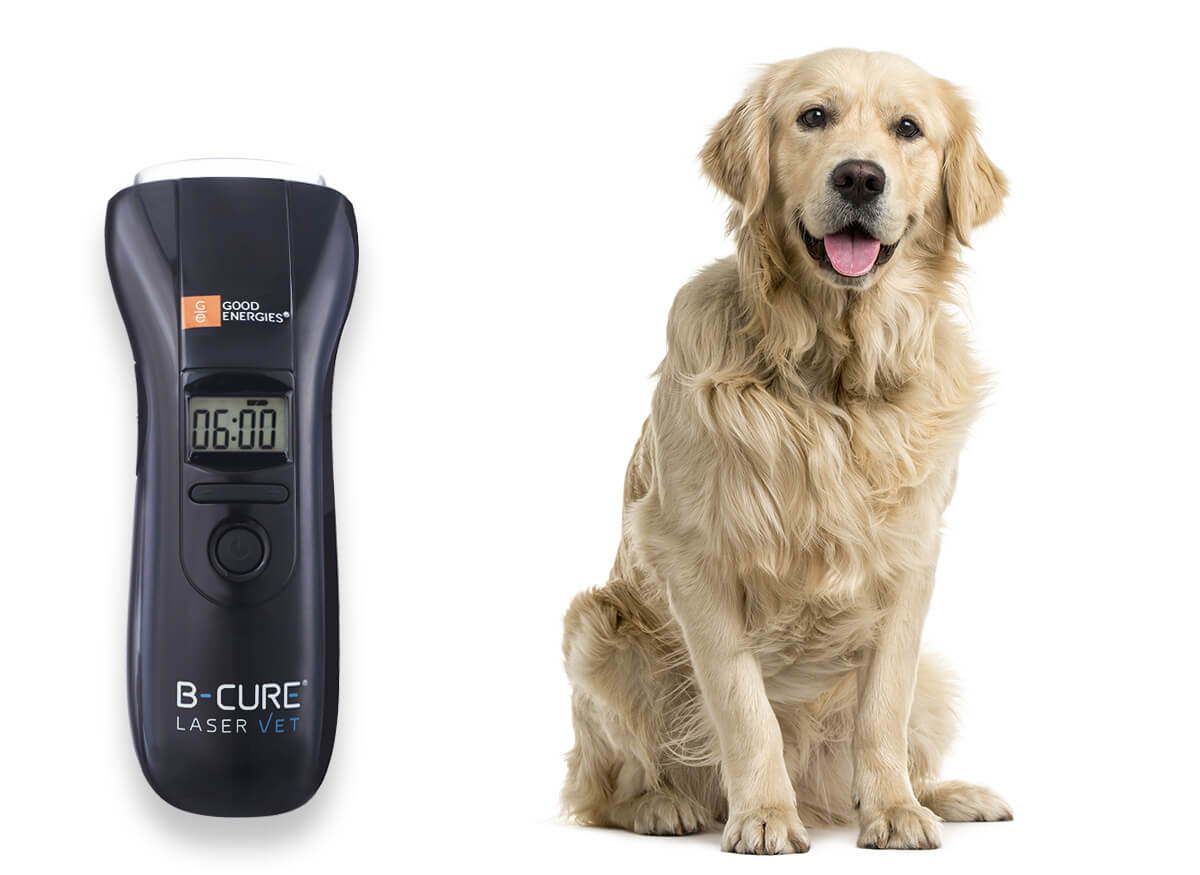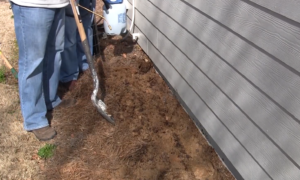It’s hard to see our pets suffer, and no owner wants to see their dog in pain. Dogs hide their suffering instinctively, and that’s why they don’t show us they are in pain at first. It all depends on us as their guardians to recognize the subtle signals and offer them help.
What is pain?
Pain is an unpleasant sensation that can limit a dog’s capabilities and abilities to perform daily routines. Often, pain is like an early warning signal that something is wrong with your dog’s body.
Pain can vary from mild and localized discomfort to agony. It can be acute and short-term or chronic and long-term.
Acute pain usually occurs suddenly and is a warning sign that the body has suffered an injury. It should go away after the wound has healed. An example of acute pain is when the dog hits a hard object – it will hurt for a short time, but then it will go away on its own.
Chronic pain lasts longer than acute pain and is sometimes resistant to treatments. It is usually associated with a chronic disease. Unlike acute pain, chronic pain tends to be related to a dysfunction of the body or persistent disease.
How can I tell if my dog is in pain?

Source: firstvet.com
Dogs with pain will consume less food and change their behavior, being:
- Depressed
- Lethargic (tired)
- Sleepy all the time or not at all
- Aggressive
- Rigid (due to mobility problems)
They will refuse to be touched on certain parts of the body (i.e. the painful parts).
Some dogs may also whine excessively, lick their painful areas excessively, limp, etc., depending on the location and nature of the pain.
How can I treat my dog’s pain?
Treating animal pain has gained an important status within the objectives of veterinary medicine. It has been found that treating pain or alleviating it contributes to the animal’s recovery after an accident or surgery. If an anti-pain treatment is administered in time, the average lifespan of the pet increases.
The treatment for pain is administered depending on the cause, the most popular being the administration of drugs. As drugs are not in a favorable light due to their adverse effects, more and more pet owners are turning to laser therapy.
Laser therapy can be applied in the veterinarian’s office or from the comfort of your home if you opt for a portable laser device.
Laser therapy for pain management in dogs

Source: be.chewy.com
The word “laser” is an acronym for “Light Amplification by Stimulated Emission of Radiation”. This device produces light of different wavelengths, with positive effects on damaged tissues.
Laser treatment for dogs from bcurelaservet.com uses warm or cold light. The devices that can be used at home by pet owners use cold light, so you and your dog won’t need goggles. Cold laser therapy (low-level laser therapy LLLT) will not heat the area you are using the device on or cool it down.
The laser device produces a photochemical reaction in the body’s cells, which has a therapeutic effect. Laser therapy stimulates the cells to multiply faster and accelerates the repair and healing process of the damaged tissues. The light absorbed by these tissues is transformed into useful energy.
Laser therapy has no negative effects on healthy tissues, and you can use the device from the comfort of your home.
In dogs, laser therapy has many applications:
- It stimulates blood flow, reducing inflammation and pain.
- It increases collagen production, helping to heal tendons and
- ligaments.
- Relaxes muscles.
- Stimulates nerve regeneration.
- It helps with lymphatic flow and drainage.
- It promotes protein synthesis.
- It promotes ATP (Adenosine triphosphate) production.
The diseases that manifest with pain in dogs are:
- Oral problems – gingivitis, periodontitis, tooth loss, etc.
- Arthritis
- Otitis
- Intervertebral disc disease (IVDD)
- Tendonitis
- Muscle injuries
- Knee problems
- Neck problems
- Wounds and burns
- Pododermatitis
- Anal sac rupture
- Back and spinal problems
- Nerve problems

Source: mayfieldvetclinic.ca
If your dog suffers from one of these conditions, you can try the B-Cure Laser procedure, a laser device you can use from the comfort of your home. You just have to hold the device provided for 4 minutes on each side of the affected area.
Place the B-Cure Laser device in contact with your pet’s skin. The light energy produced by this device will penetrate deep into the tissues to the place of pain, stimulating the body to produce adenosine triphosphate (ATP) – a constituent element of DNA and RNA macromolecules, which plays a key role in metabolism, especially in the transfer of energy in cells. ATP promotes normal cell function and enhances the body’s natural healing process. This device provides cells with more energy to perform their functions, maintain health and well-being, and regenerate and heal the following injury faster.
With the B-Cure Laser device, patients recovered from all kinds of injuries and pain, including skeletal, muscular, and nerve. With laser therapy, cells regenerate faster and function better, and your pet will recover quicker.

Source: synergyintegrativevet.com
The degree of improvement will depend on the individual and the medical condition. Some dogs will recover faster than others. Other pets will need laser therapy treatments over a long period of time but expect to see some improvements after the first few uses. Usually, after a few sessions, you will see some improvements, and your pet will regain its mobility.
For a better result, use the B-Cure Laser device at home twice per day.
Depending on the intensity of the pain your pet is experiencing, your veterinarian may recommend laser therapy as a single and unique treatment or combined with other therapeutic means such as medication and/or surgery. All this together will accelerate regeneration and healing.
With this device, there is usually no need for adjuvant pain medication, unless your pet’s pain is excruciating. B-Cure Laser treatment has the following benefits for your pet:
- Accelerates healing and reduces chronic pain
- Reduces pain and inflammation
- Reduces the use of pain medication
- Non-invasive – it doesn’t affect the body in any way
- No side effects
- Clinically proven
- Easy and safe to use























